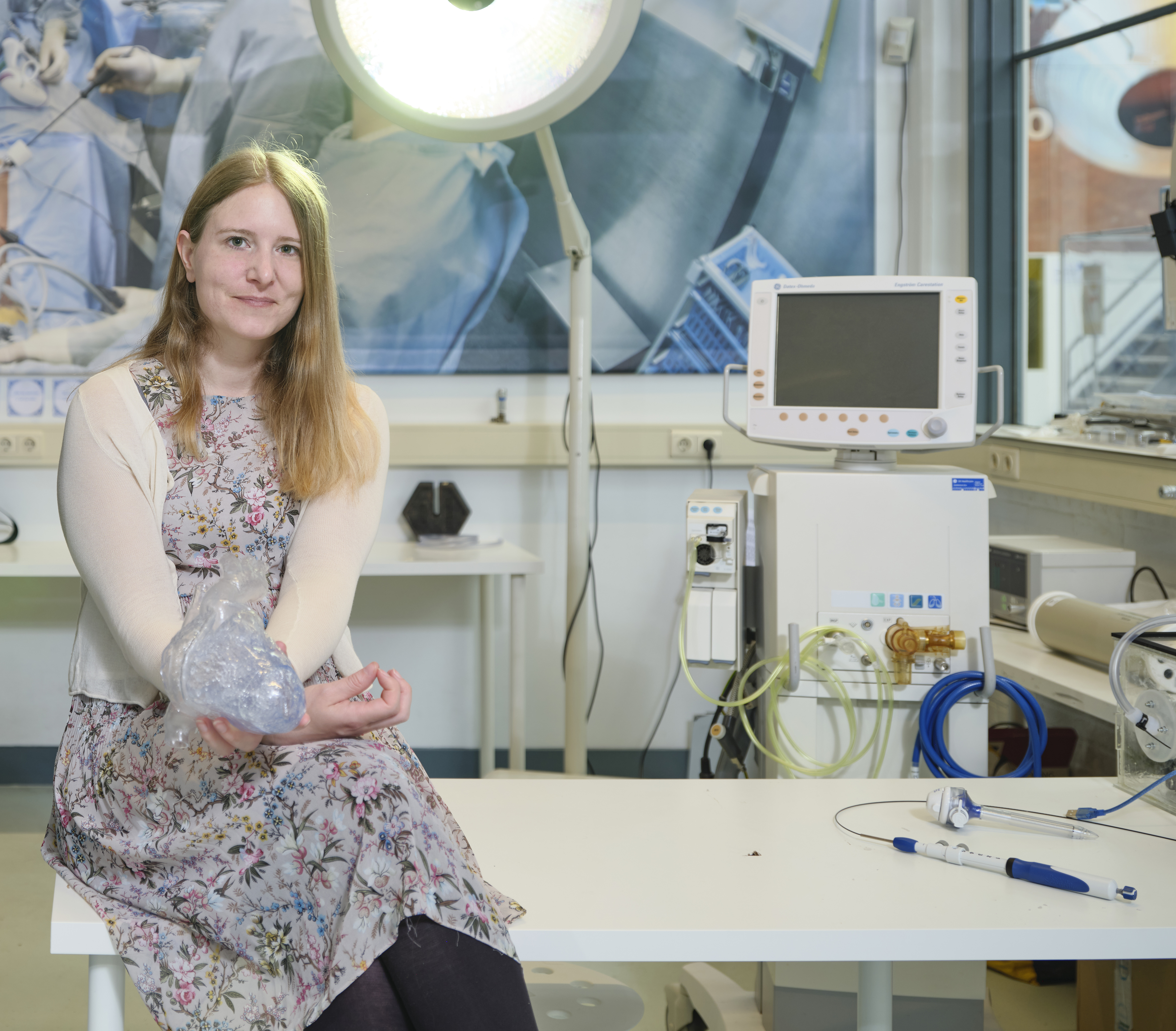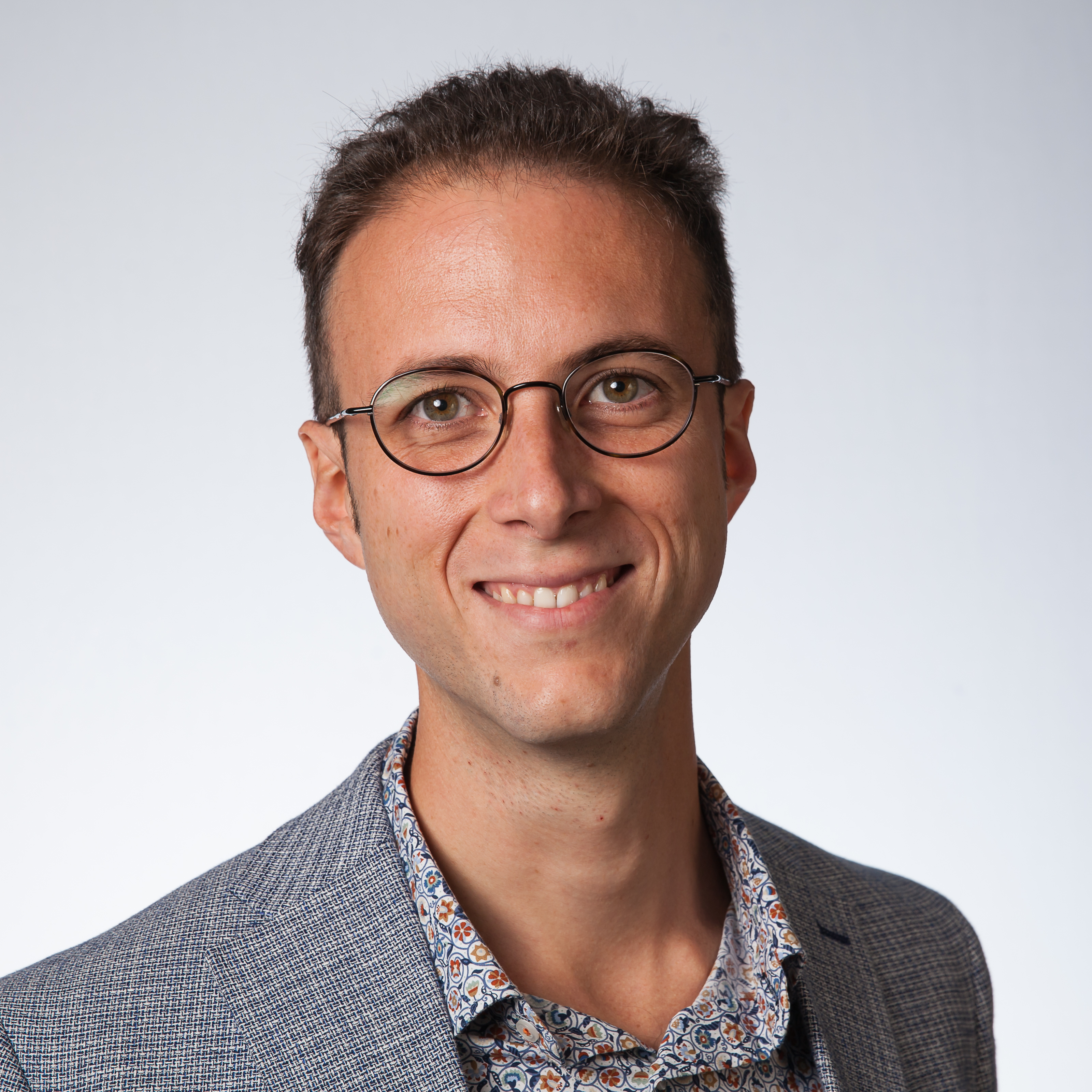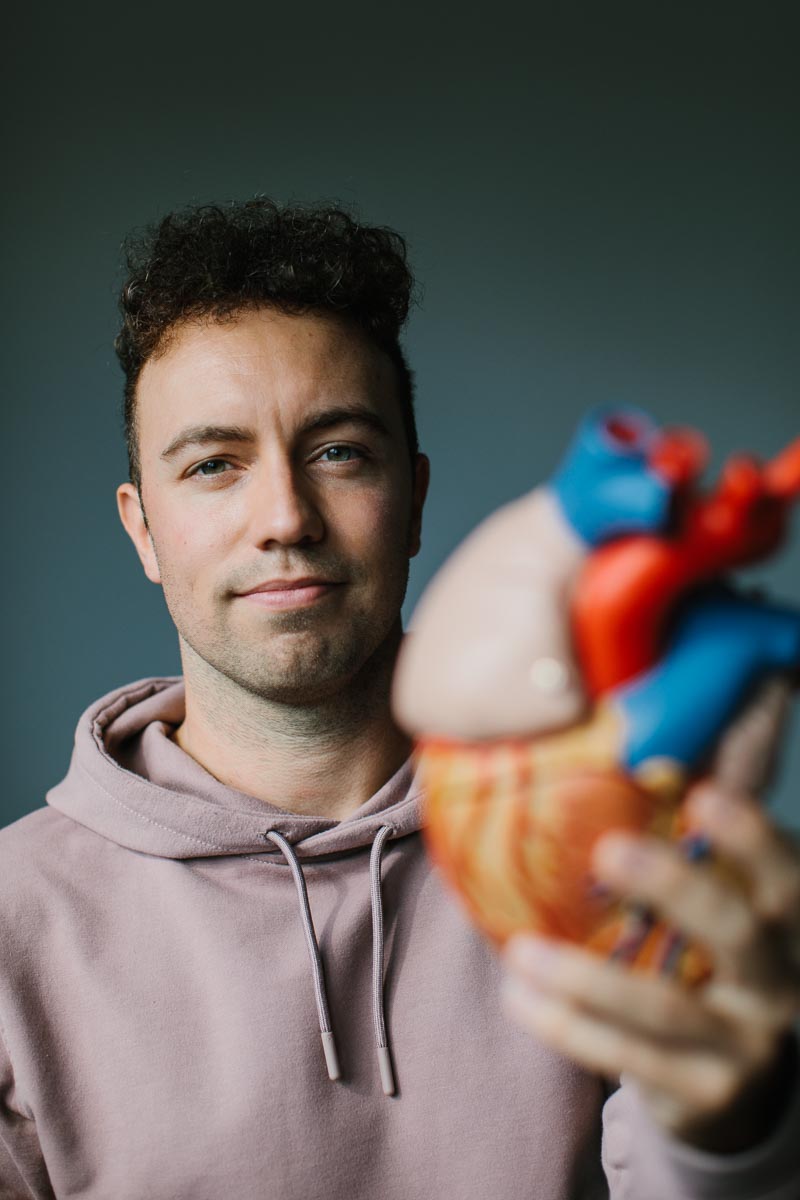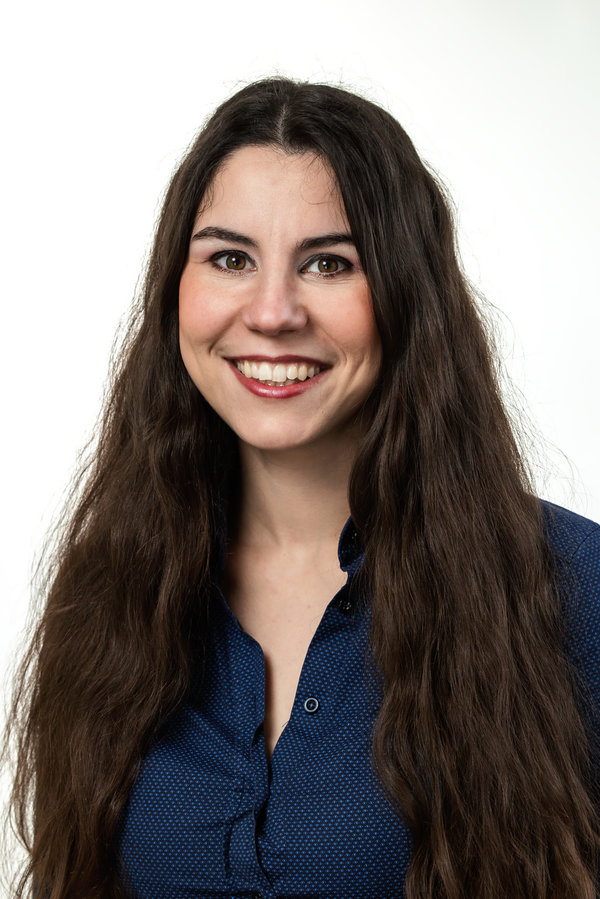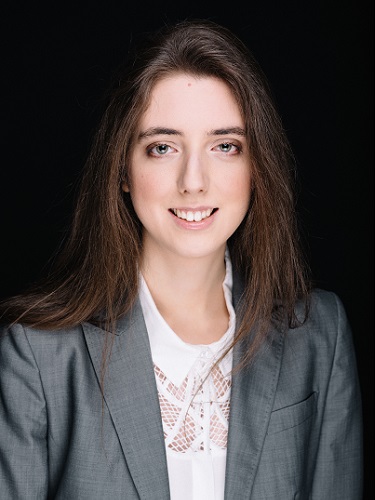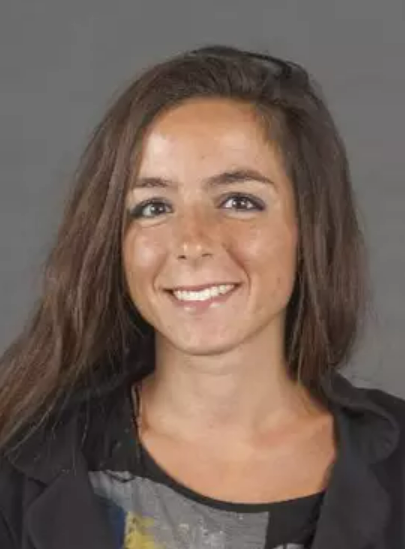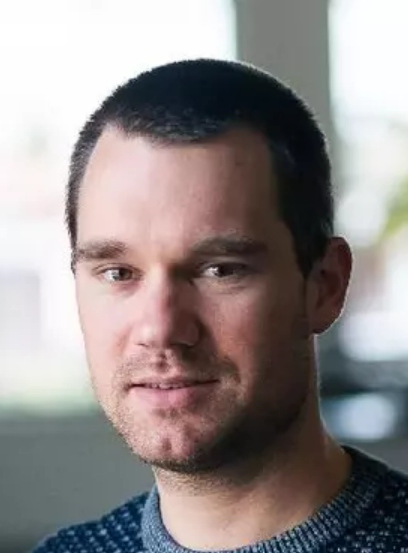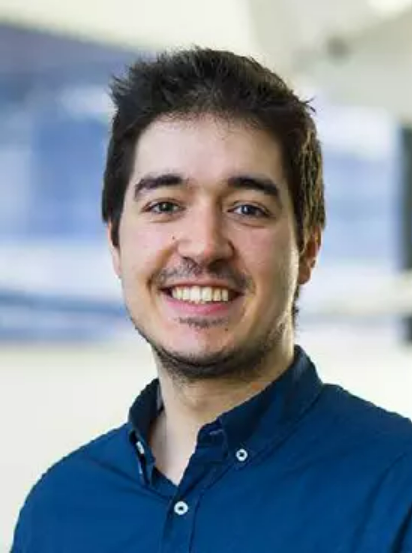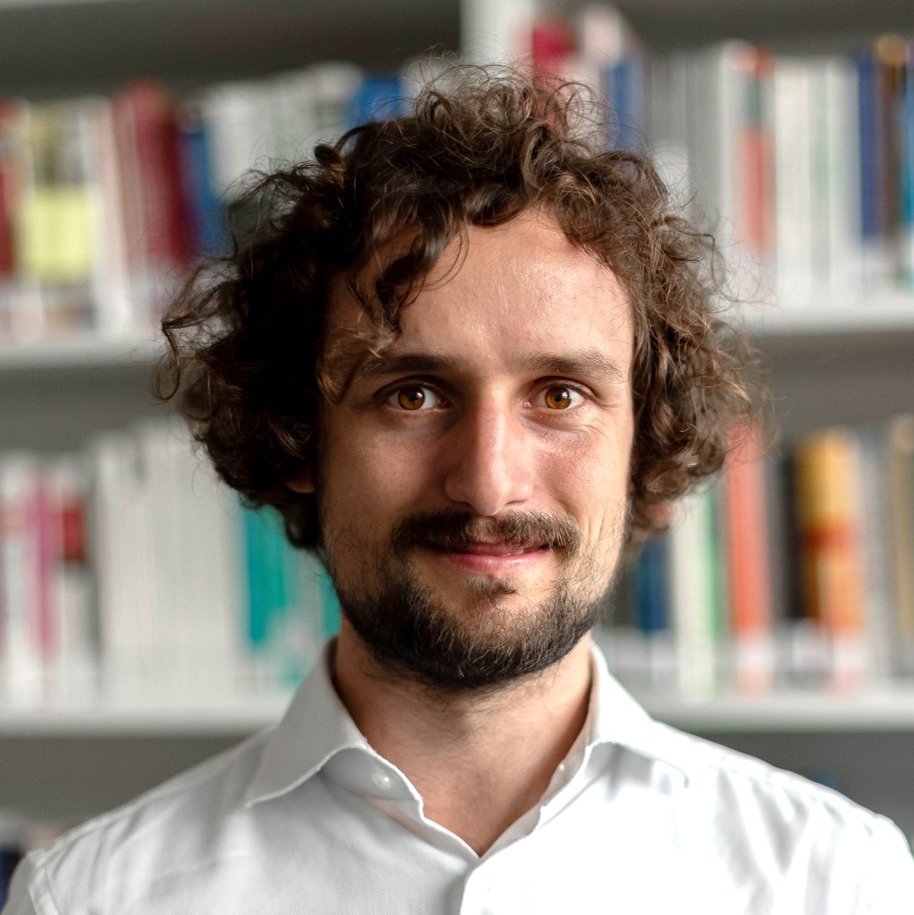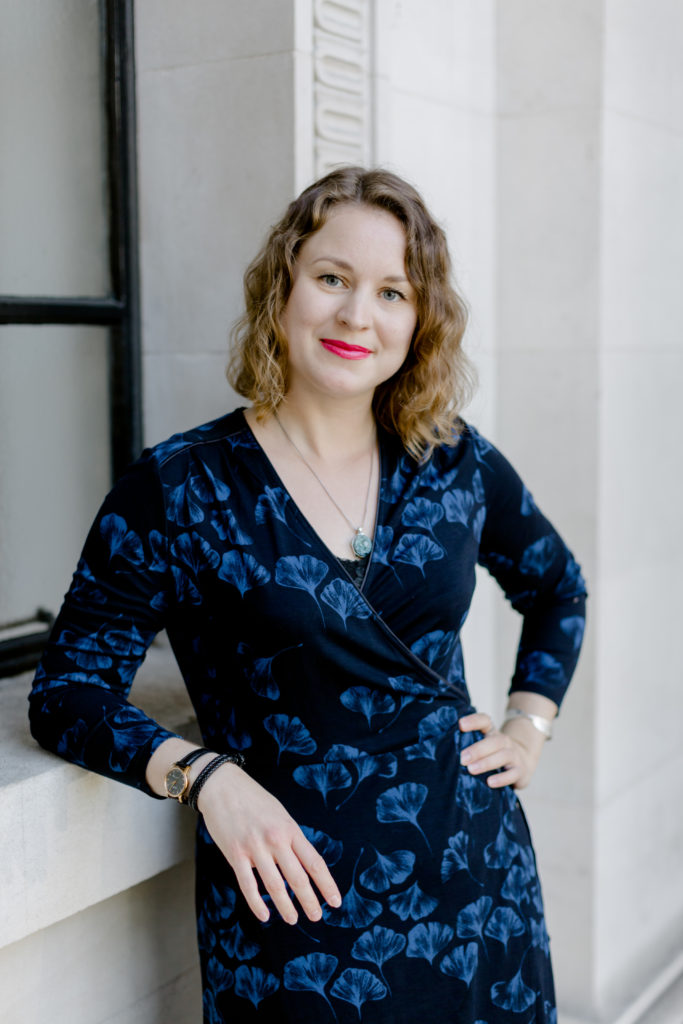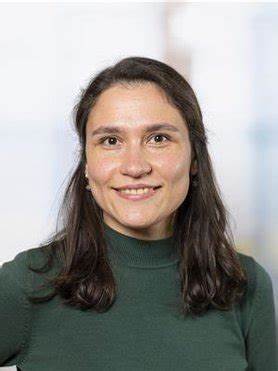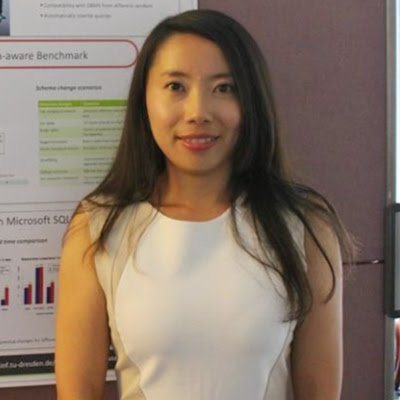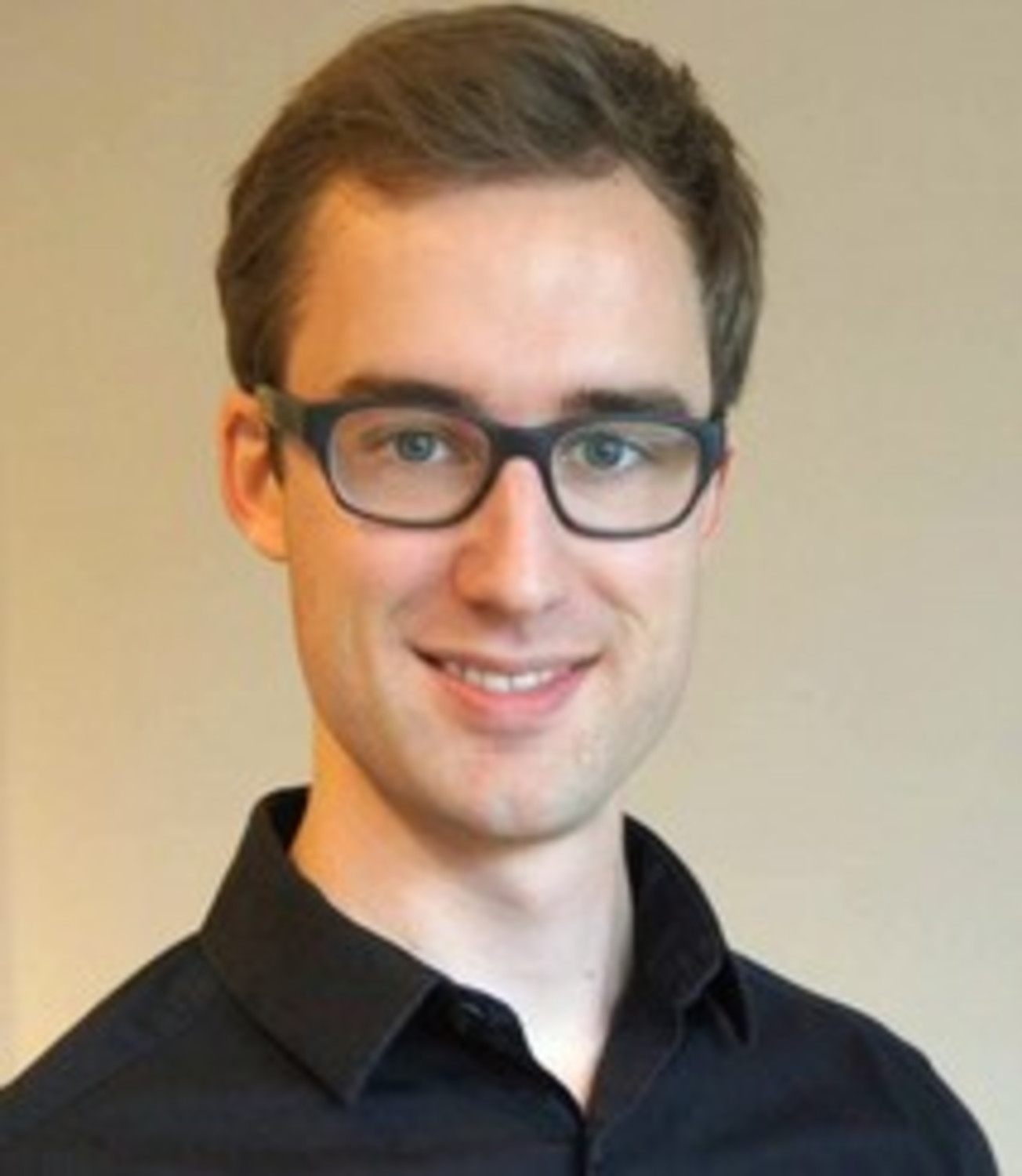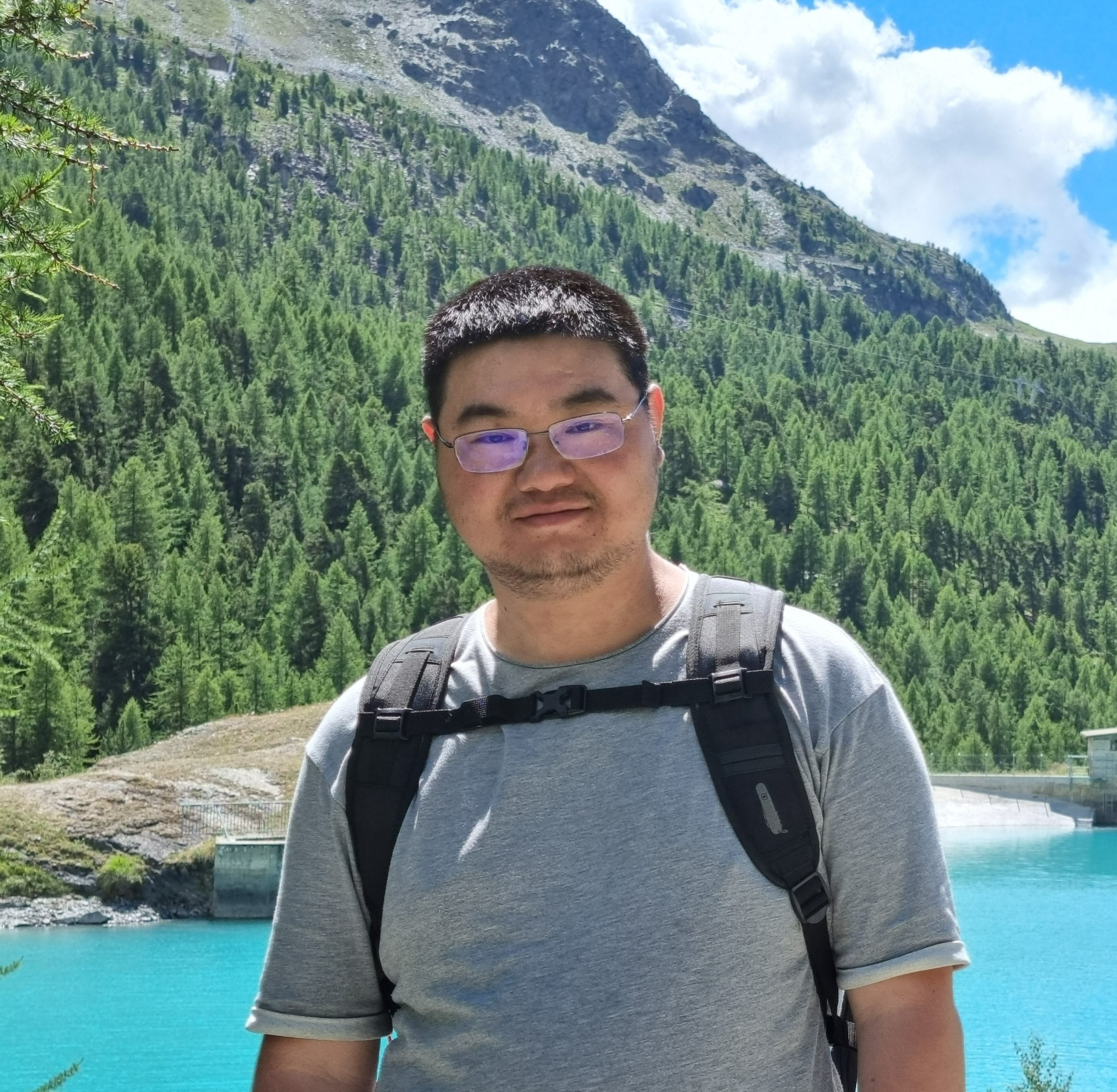Seventeen Veni grants for leading TU Delft researchers
The Dutch Research Council (NOW) has awarded Veni funding of up to EUR 280,000 to 188 promising researchers from the full breadth of science. In the fields of Applied and Technical Sciences (TTW) and Exact and Natural Sciences (ENW), seventeen scientists from TU Delft have been honoured. This will allow the laureates to further develop their own research ideas over the next three years.
In the TTW domain, twelve Veni’s were awarded to:
Aimee Sakes – Mechanical, Maritime and Materials Engineering (3mE)
Vibrating through the Vasculature
Cardiovascular interventions require catheters to manifest either low or high friction with the blood vessel wall depending on the task at hand, but current catheter technology does not enable changes in the frictional properties on demand. Although low friction is advantageous during insertion and removal of the catheter, it complicates holding a position inside the heart and applying forces. This proposal aims to use high-frequency vibrations to allow catheters to adjust their frictional properties on the fly. The envisioned catheter can switch between a high-friction "stick"-mode for atraumatic anchoring and a low-friction “slip”-mode for easy insertion and removal.
Cosimo della Santina – Mechanical, Maritime and Materials Engineering (3mE)
ROSES: Dynamic Robotic Manipulation of Slender and Soft objects
Robots’ penetration in the human environment is hindered by their inability to manipulate the vast range of objects we are used to interacting with within our daily lives. For example, robots struggle with mundane tasks like harvesting a rose from a bush, filling up a car at a gas station, or untangling two cables. This is because all these tasks involve manipulating deformable objects. Within ROSES, I will uncover the principles of manipulation of deformable objects. Ultimately, I will equip robots with the intelligence necessary to touch and modify their surroundings reliably, thus fostering their penetration into our socio-economic fabric.
Mathias Peirlinck – Mechanical, Maritime and Materials Engineering (3mE)
How tissue structure makes the heart (skip a) beat
The average human heart beats 3 billion times in a lifetime. For heart failure patients, this is unfortunately not the case. The researcher will investigate heart tissue both experimentally and virtually to increase our understanding on the mechanisms driving heart failure. Based on microscopy, force recordings, computational models, and machine learning techniques, they will explore the relationships between cardiac tissue microstructure and the mechanical function of the heart. Doing so, the researcher wants to predict how structural tissue changes affect the performance of the human heart and use this information to improve treatment strategies for heart failure patients.
Sid Kumar – Mechanical, Maritime and Materials Engineering (3mE)
Decoding process-structure-property maps of metals by multiscale multi-fidelity graph learning
While new sustainable metals are on the horizon – from greener steel alloys to alternative metals such as magnesium, understanding their mechanical performance and identifying the optimal processing routes can take several years before commercial and societal adoption. The challenge arises from the complex interplay of their microstructural mechanics and processing conditions, each vastly different across different metallic systems, thereby requiring significant theoretical and computational modelling effort. To accelerate their adoption, this research will develop a physics-informed machine learning framework to efficiently model the microstructural mechanics of different metallic systems and enable the design of sustainable and optimal processing routes.
Aleksandra Lekić – Electrical Engineering, Mathematics and Computer Science (EEMCS)
SAFE-GRID: Smart and Flexible Control for a Power Electronics-based Electrical Grid
SAFE-GRID will conduct fundamental research on a new fast microsecond-control design for power electronic (PE)-based electrical grids. The new methodology will be based on a specially adapted data-driven Model Predictive Control. It will guarantee stable grid operation even in the case of unforeseen disturbances and speed up fault elimination with smaller voltage deviations and power overshoots. Furthermore, this control will guarantee fast grid protection operation that can significantly increase the reliability of the PE-based electrical grids.
The provided solutions are urgently needed for the realization of a 600GW PE-based wind farm connected electrical grid to satisfy the European energy demands.
Charlotte Frenkel – Electrical Engineering, Mathematics and Computer Science (EEMCS)
AdaptEdge – Brain-inspired smart devices that can continuously learn from their environment
While smart devices outline strong promises ranging from productivity gains in industry to smart cities and health-monitoring wearables, there is still one major hurdle hindering their successful deployment: long-term robustness. Indeed, once deployed, smart devices are currently unable to autonomously adapt to changes in their environments, new user features, and evolving task requirements. This implies either electronic waste through device replacement, or increased battery drain and maintenance cost for frequent over-the-air device updates. This project will overcome this hurdle by merging the latest neuroscience and machine-learning research in continual learning to endow smart devices with low-power long-term autonomous adaptation.
Delphine de Tavernier – Aerospace Engineering (AE)
Morphing wind turbine blades - a way to enhance the energy production in turbulent environments
Birds can skilfully navigate turbulent airflows by morphing their wings and bodies. Ever-growing aerodynamically-driven wind turbines lack this ability, despite their increasing sensitivity to atmospheric turbulence and flow heterogeneity along the enormous blades. This results in undesired performance losses and unnecessary loading. This research will introduce bio-inspired morphing wing technology into the design of next-generation wind turbine blades as a way to sense and instantaneously react to its local complex atmospheric environment as time evolves.
Francesca De Domenico – Aerospace Engineering (AE)
Unveil with Laser Diagnostics (LITGS and LIF) the local NOx and Flashback physics of H2 flames (UNL2OCK H2)
Hydrogen-powered jet-engines are promising candidates to decarbonise aviation. With my project, I will contribute on making them a reality. I will build ‘experimental eyes’ on hydrogen flames: a novel laser-based ‘thermometer’ capable of measuring the local temperature and the level of NO produced. With this novel diagnostic, I will be able to explain the mechanisms causing pollutant formation and instabilities in hydrogen flames, which will ultimately lead to the design of strategies to abate them.
Frits de Prenter – Aerospace Engineering (AE)
Simulate the interaction between flows and surfaces in computer models
The use of computer models for flows is essential for a large number of applications in technology and science, for example designing wind turbines. The Lattice Boltzmann Method (LBM) is a frequently used method in this field. This method has a fundamental weakness, however, which is the way in which the effect of the surrounding is imposed on the flow, for example the friction between the flow and wind-turbine blades. In STABILIZE, I will develop a computer algorithm that imposes this interaction in a different way, which fundamentally resolves the weakness. This enhances the accuracy and reliability of flow calculations.
Roberto Merino Martinez – Aerospace Engineering (AE)
Listen to the future: Enabling sustainable aircraft technologies by minimizing their noise annoyance
New technologies required to achieve environmentally-sustainable aviation (e.g. electric propulsion) also need to cause minimum noise annoyance to be socially acceptable. I propose an innovative perception-driven design methodology that represents a paradigm shift with respect to state-of-the-art approaches, which first design and seek noise-attenuation strategies afterward. I include, for the first time, human perception of sound within aeroacoustic research and aircraft design process by evaluating novel sound-quality metrics and performing psychoacoustic listening experiments. This approach will reduce the noise impact of aviation in local communities and can be extended to other sectors, like drones and wind turbines.
Salua Hamaza – Aerospace Engineering (AE)
Aerial Robots in a Tangible World: Drones with the Sense of Touch Act upon Their Surroundings
Drones have so far mainly been “eyes in the sky”. However, to utilize the full potential of drones, it will be necessary for them to also interact physically with their environment. Therefore, this project will provide drones with the sense of touch, focusing on the design of compliant soft limbs and control for physical interaction. This will make drones smarter at body and sensing levels, resilient, and better able to cope with difficult situations, for example in smoky or dark environments in a burning building, thanks to the human-like sense of touch.
Artur Schweidtmann – Applied Sciences (AS)
Designing sustainable chemical processes with artificial intelligence
As global chemical industries adapt to become greener there is a substantial need to transform the way that chemical processes are designed. Digitisation and artificial intelligence offer new opportunities for the design of sustainable chemical processes. In this project, a new reinforcement learning algorithm is developed. The algorithm interacts with a simulation environment and iteratively learns how to design chemical processes. The research advances state-of-the-art methods by leveraging the power of fundamental engineering knowledge and big data. The developed methods will be implemented in a software prototype to be applied by industrial users.
Anna Lukina – Electrical Engineering, Mathematics and Computer Science (EEMCS)
Explainable Monitoring
The digital revolution is here but we are not ready for it. Artificial intelligence already automates many processes in the real-world applications, such as train operation or financial fraud detection. It is, however, brittle in novel scenarios and does not allow humans to validate its reasoning. This research will marry formal mathematical reasoning with machine learning and visualization to ensure in real time that the deployed algorithms behave the way human experts expect. Explainable Monitoring will make interpretability an intrinsic feature of formal real-time monitoring.
Havva Yoldaş – Electrical Engineering, Mathematics and Computer Science (EEMCS)
Mathematical analysis of metastability in complex biological systems (MetaMathBio)
Many biological systems such as molecular transport, gene regulation, and neural networks exhibit multiple stable states, and they can instantaneously switch between these states depending on internal or external conditions. This phenomenon is known as metastability. For example, such dynamics of neural networks in the brain is linked to neurological disorders such as epilepsy and Alzheimer’s disease. This research develops a mathematical framework to investigate metastable behaviour in biological systems. The results will lead to a better understanding of their complex dynamics and can be used in predicting and controlling their behaviour.
Rihan Hai – Electrical Engineering, Mathematics and Computer Science (EEMCS)
Understanding Implicit Dataset Relationships for Machine Learning
Big data has become a powerful driving force for breakthroughs in many domains. With the recent popularity of machine learning, large-scale data is used to train models to derive insights. However, the implicit relationships hidden in the data, e.g., correspondences, correlation, and dependencies, are often overlooked, tremendously increasing human effort and hindering valuable discoveries. In this project, I aim for a scientific breakthrough in understanding how these data relationships affect learning tasks by discovering, extracting, and formalizing hidden dataset relationships. My Veni will significantly impact how data can be used to prompt scientific discoveries in a wide range of fields.
Yoeri Dijkstra – Electrical Engineering, Mathematics and Computer Science (EEMCS)
Understanding salt intrusion in estuaries under climate change and human interventions
In estuaries, saline seawater may intrude several dozens of kilometres inland, making the river water brackish and unsuitable for irrigation and human consumption. Due to sea level rise, droughts, and river deepening, this will become more severe in the future. In this study it is investigated how much such salt intrusion may aggravate, which future scenarios are most critical, and which physical processes are causing this. To this end, a new type of mathematical model will be developed, which allows efficient investigation of salt intrusion processes in many different rivers under many scenarios for climate change and human interventions.
Heng Wu – Applied Sciences (AS)
Exploring fundamental mechanism of the nonreciprocal superconductivity using 2D heterostructures
Superconductivity, where electrical charges in materials can move without resistance, is typically reciprocal, manifesting forwards and backwards. Recently, nonreciprocal superconductivity was seen in Josephson junctions without applied magnetic field. However, the fundamental mechanism for this driving factor. The researcher will fabricate 2D heterostructures based phenomenon is not fully understood; theorists have proposed that built-in electric polarisation is the Josephson junctions using specific barrier materials and superconductors to test these predictions and reveal the fundamental mechanisms of nonreciprocal superconductivity. This will drive fundamental understanding and enable nonreciprocal superconductivity for next generation technologies.
Talent programme
The NWO Talent Programme gives researchers the freedom to pursue their own research based on creativity and passion. The programme encourages innovation and curiosity. Curiosity-driven research contributes to and prepares us for tomorrow's society. That is why NWO focuses on a diversity in terms of researchers, domains, and backgrounds. Together with the Vidi and Vici grants, Veni is part of the Talent Programme.
NWO selects researchers based on the academic quality and the innovative character of the research proposal, the scientific and/or societal impact of the proposed project, and the quality of the researcher.
Click here answers to frequently asked questions about the Talent programme, including on gender distribution.
Please read the press release of NWO.
